June 29, 2023 – Broughton-in-Furness, Cumbria
Don’t Judge People for the Choices They Make When You Don’t Know the Options They Had to Choose From. – Anon
Single women in Victorian-era England had few vocational options, none of which provided enough income for anything more than a modest existence. Of the three conventional professions available to young uneducated women, household servant, factory worker, or seamstress, the best earned a meagre £25 per year.
Women were expected to marry. Any inclination to experience life outside of marriage or to be independent was quashed by stifling social standards of the time.
So, how was a poor girl supposed to get ahead in life?
There was a way, but it involved breaking every social norm of the time.
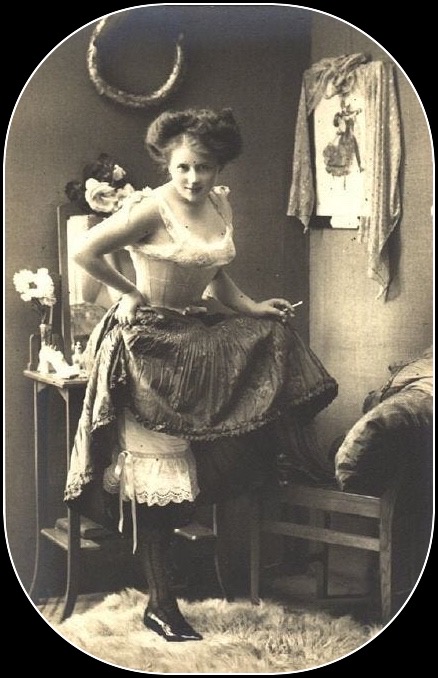
Our great-aunt Margaret Phillipson was born in 1863, at the peak of Victorian feminist repression. Margaret was the fourth of sixteen children of Robert Phillipson and Mary Edmondson. The Phillipson’s were farmers, so Margaret’s vocational and financial prospects were limited.
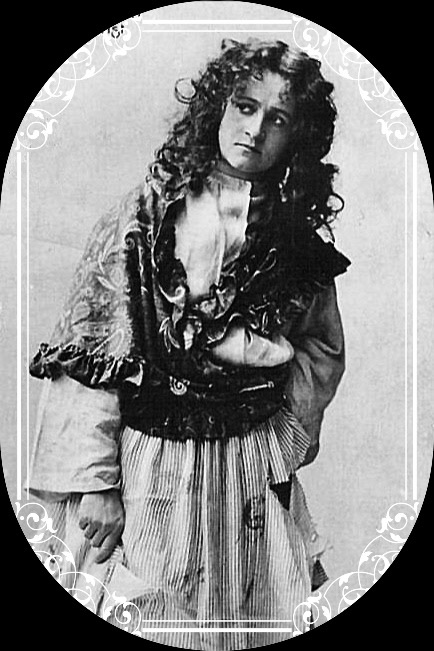
No photograph of Margaret Phillipson exists. I picture her looking like Nancy from Charles Dicken’s Oliver Twist, a play popular at the time.
We have a copy of Margaret’s Last Will and Testament and her Estate Disposition Statement. When Margaret died of cancer in 1912 at 49 years of age, she left an estate with a value of £1800, the equivalent of about $300,000 today! In the Victorian era, Margaret would have been a female financial rock star.
There are family rumours about how Margaret earned that much money. No concrete evidence exists to support the theory that she operated brothels, but everything we know points in that direction.
We know that Margaret did not inherit her fortune – being female, with fifteen siblings, the best she could have hoped for by way of inheritance would have been a piece of family china. It is also highly unlikely that Margaret gained her wealth through marriage. She was “married” four times, some formally, some not, but none of her husbands were men of means.
Margaret had unconventional romantic affiliations. Her first marriage to William Richardson was brief and resulted in no children. Margaret’s second marriage, to John Watson in 1881, bore three children. The third child, Walter, was born in 1886 while John was in South Africa working in a diamond mine. John died in an accident in the mine the same year and never met his third child (if Walter was indeed his child).
Margaret’s third and fourth marriages were to brothers, Joseph Edmondson, and William Edmondson. We don’t know the circumstances of these marriages, other than they resulted in one child with Joseph and three with his brother.
In addition to the Edmondson brothers being her husbands, they may also have been Margaret’s cousins!
All of Margaret’s husbands (other than John Watson) outlived her. She may have had a small miner’s pension or death benefit from John’s estate, but it would not have accounted for her vast wealth. Margaret did not inherit anything from her other husbands.
Margaret Phillipson earned her fortune using the only entrepreneurial option available to a Victorian woman.
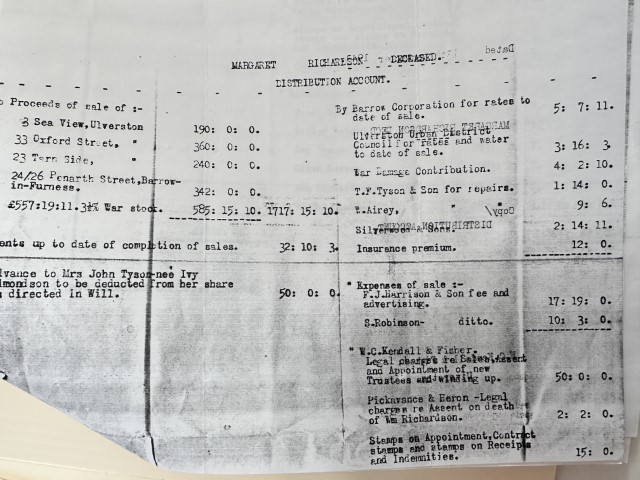
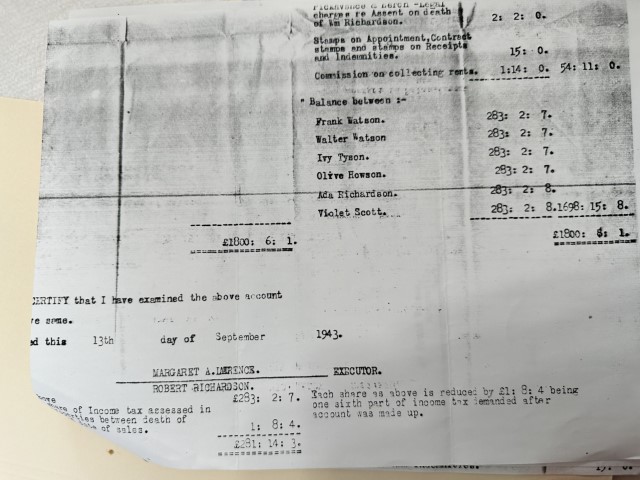
Margaret Phillipson’s Estate Disposition Statement lists four pieces of real estate and substantial cash savings.
The choices Margaret Phillipson made in life are to be celebrated. Rather than buckle to convention and live a life of poverty, our ancestor broke free using …
…the Only Available Option.
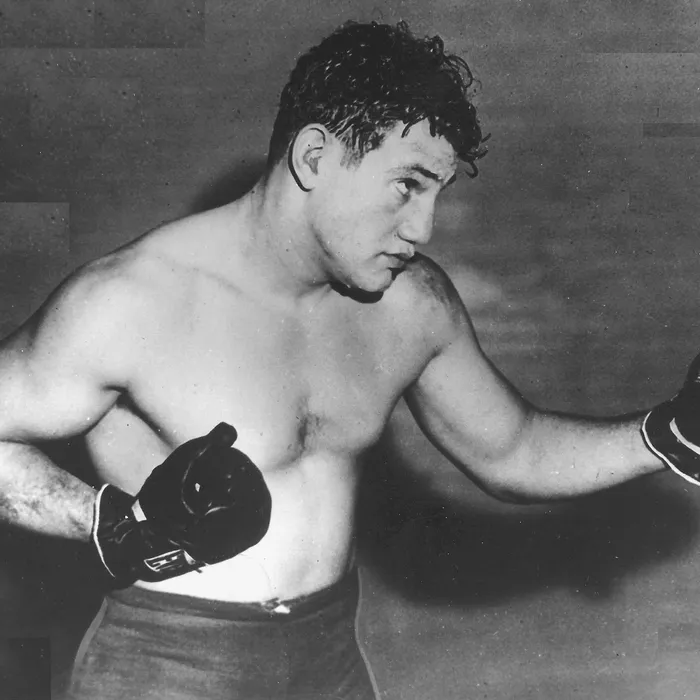
Margaret’s eldest son Robert was England’s Welterweight Boxing Champion from 1906 to 1908. Robert died in the ring at a match at The Wonderland Arena in London in 1910, aged twenty-seven, a year before Margaret passed.
A Welterweight Boxer from the same era – not Robert Watson
Four “Rental” properties owned by Margaret Phillipson
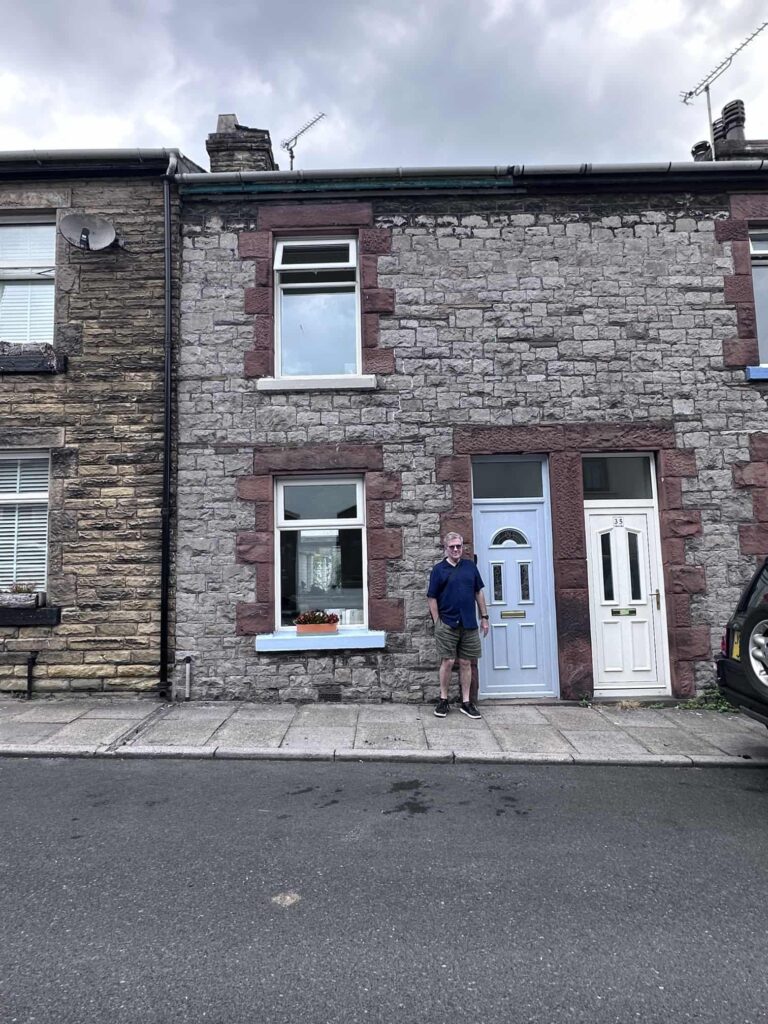
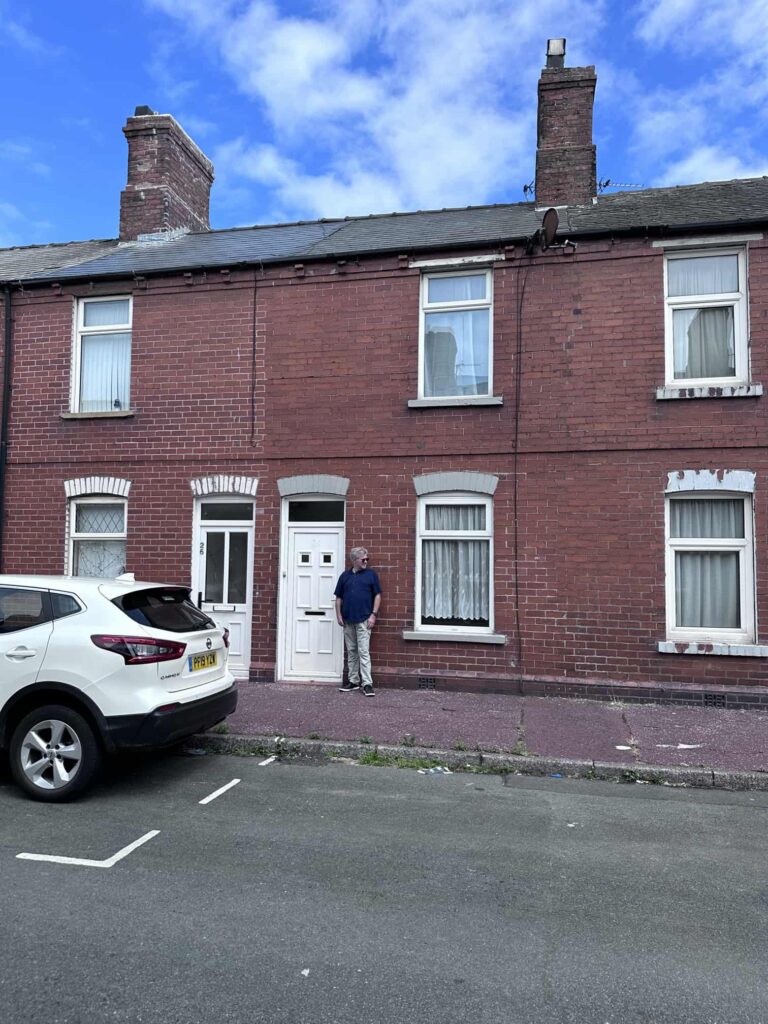
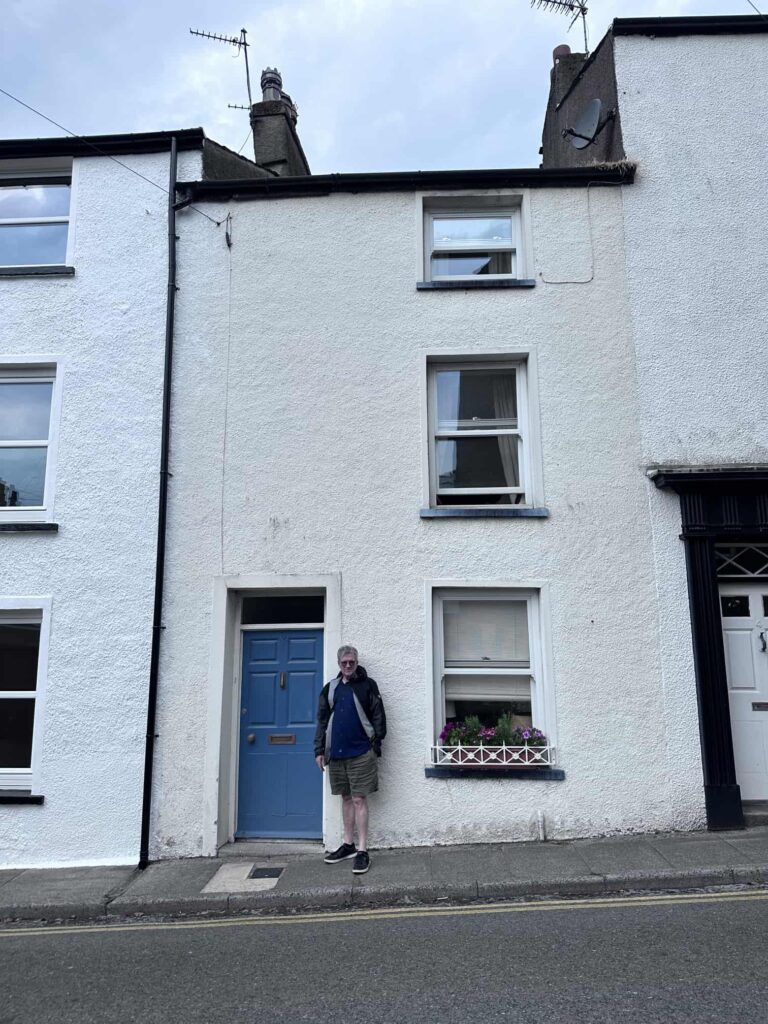
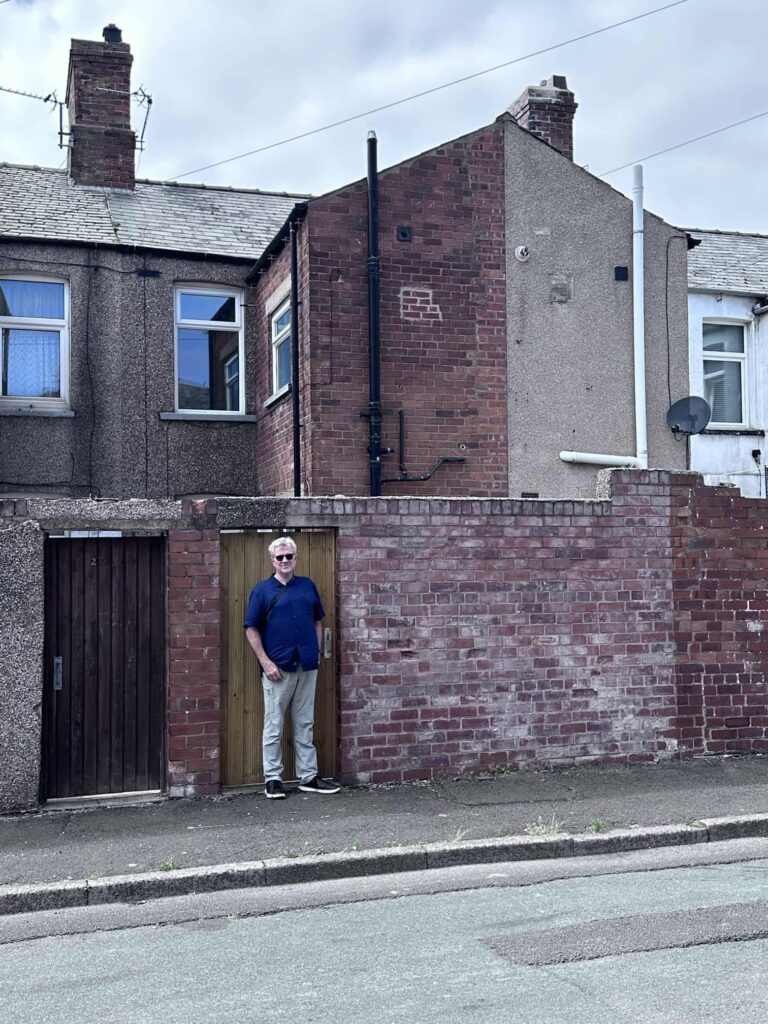


GG
Another excellent piece of insightful social commentary combined with family history, myths and lore. Looks like you are really enjoying your trip.
Russ Paton
Thank you, we are…. No way this trip is going to be long enough…